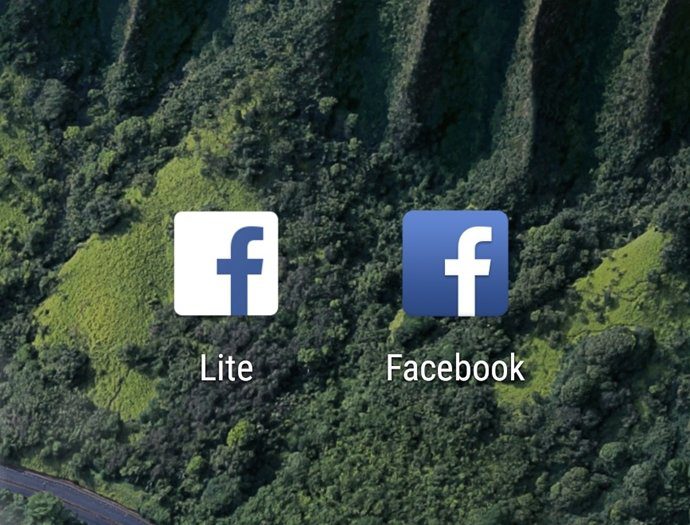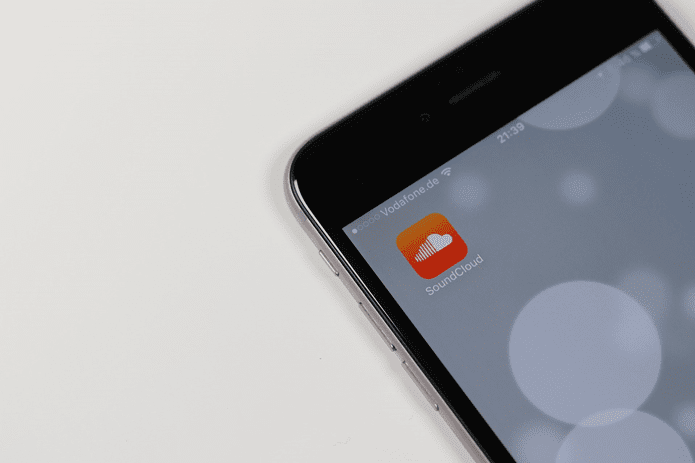What do you do? Get a dedicated mail app and add multiple email accounts? Yes, but then there’s an extra fully featured app eating up your RAM. And what about different profiles? Open them up in a whole different browser or incognito tabs? That’s hardly sensible. There’s an app that can end all your multi-profile woes. Fluid allows you to run websites in their own browser windows, just like they would if they were a standalone app. The app uses Safari data (logins and cookies), doesn’t take up much resources and as they are websites wrapped up in Mac windows, you don’t need to learn how to use a whole new app. Win-win.
How To Use Fluid
Fluid is a free app (with a $5 upgrade, more on that below). Once downloaded, open it up. Here you need to enter the details for the app you want to make. Enter the web address, the name you want to give the app, the location where you want to save the app (defaults to Applications folder), and finally you can add your own icon or just choose the website’s default favicon. Click Create, give the app some time and you’ll get the Success dialogue box. Your personalized app is ready to go. Note: You’ll need to pay $5 for an upgrade if you want each window to have its own cookies. That way you can run different accounts for the same website (for example, Gmail) in different apps. Without the upgrade, Fluid will just use Safari data (meaning only one login per site).
Adding A Custom Icon
Other than the name, the app icon is how you’re going to identify your web app. And when you have multiple apps for different accounts for the same site, the icon is going to be the biggest visual differentiator. Fortunately, the community has already created hundreds of high quality icons for every mainstream web app out there. This Flickr Pool has more than 700 such images. And you can use Google search to find more. Just search for Fluid app (app name) icon. To add a custom icon, when you’re making the app, instead of the option Use Default Favicon use the dropdown menu and point to the file you downloaded.
The Upgrade
Fluid is a free app but offers a $5 upgrade that unlocks a lot of interesting features. For starters, your web app will have separate cookies for each window and won’t be reliant on Safari. The free app depends on Safari logins and data to function. If you pay for the upgrade you can run web apps with different logins than Safari (which is the biggest advantage of using Fluid). You can also pin mobile sites to the menu bar. You can get similar functionality (running mobile sites in their own windows) by using Monochrome browser, which is free. You also get support for user scripts and the ability to run apps in fullscreen mode. If you plan to use the Fluid app to get some serious work done, the upgrade is recommended. The above article may contain affiliate links which help support Guiding Tech. However, it does not affect our editorial integrity. The content remains unbiased and authentic.











